From timbers to tiles we explore how much a new roof costs
Whether you’re building a new roof or renovating an existing one, your location, style of roof and material choice will all have an impact on the overall costs. Here’s what you need to know
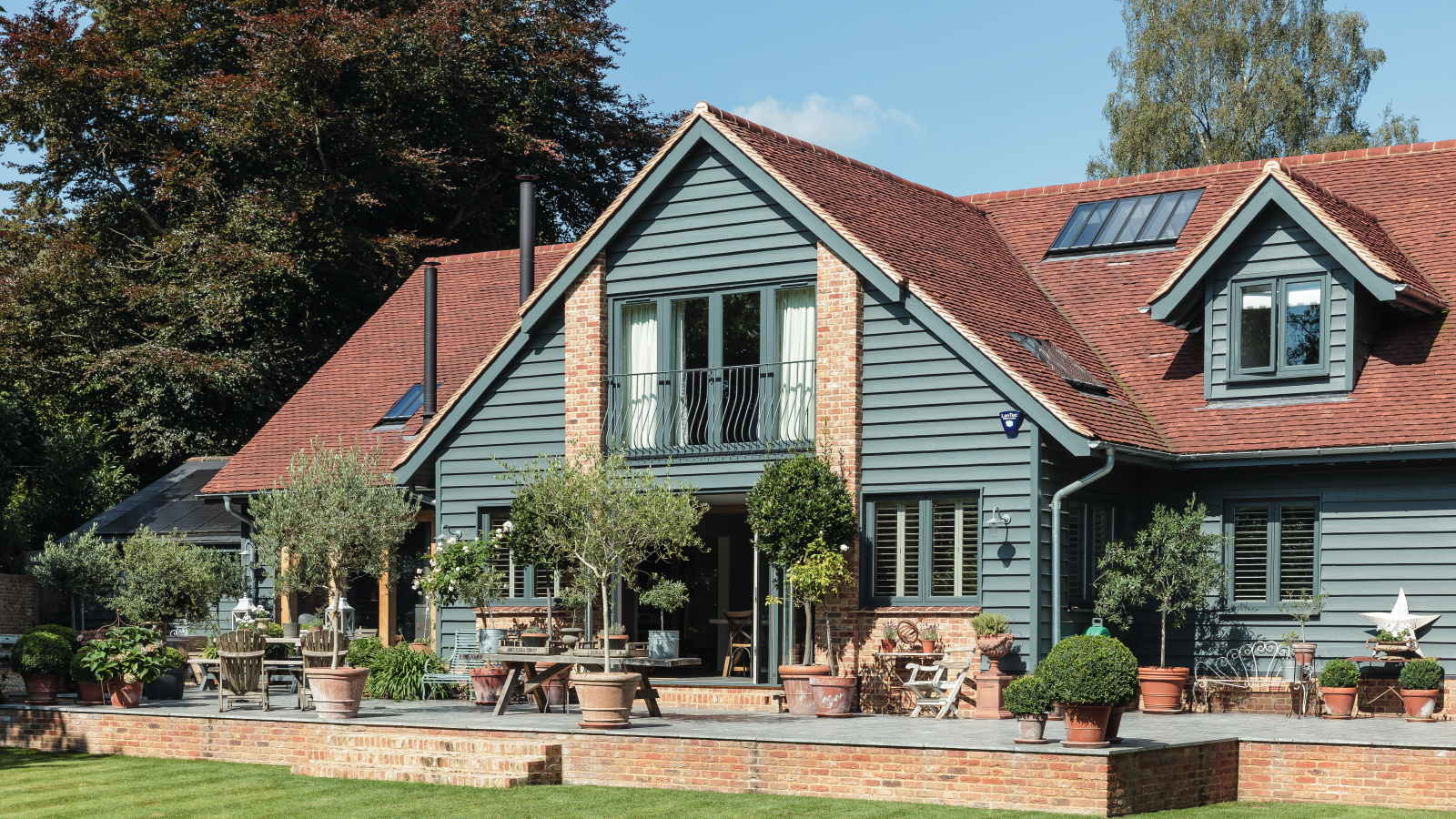
Whether renovating a dilapidated house or starting from new, 'how much does a new roof cost?' will be one of your key considerations. After all, regardless of the type of roof you choose, a robust roof is essential as it keeps you safe, warm and dry. There may be serious implications if it starts to fail, including ingress of water, decaying wood, insulation failure, and even structural problems.
But, budget is not the only consideration when choosing a roof covering. In terms of both appearance and performance, cheaper materials can turn out to be a false economy and can impact the overall look of your home.
To help you handle one of the largest expenses in any building project, expert quantity surveyor, Tim Phillips, breaks down the various factors that influence 'how much does a new roof cost', and provides an overview of the different costs you can expect to pay depending on your choice of roof.
Factors influencing cost
The cost of re-roofing and/or adding a new roof in the UK has actually increased in recent years due to several factors:
- An increase in material costs: The cost of roofing materials – such as tiles, slates and insulation – has increased significantly over recent years due to a combination of factors that includes increased demand and limited supply, as well as fluctuations in the cost of the raw materials and manufacture.
- An increase in labour costs: The cost of labour has also increased – the construction industry is facing a shortage of skilled workers, which has led to increased wages for those with the necessary skills and experience.
- Increased regulations: The roofing industry is heavily regulated in the UK, and compliance with regulations can add to the cost of roofing projects. In addition, some roofing materials may not be compliant with new regulations, which can lead to additional costs for alternative materials.
- Complex roof designs: The complexity of roof designs has also increased, with more homeowners opting for unique and intricate styles. These designs require more time and labour to install, which can add to the cost of the project.
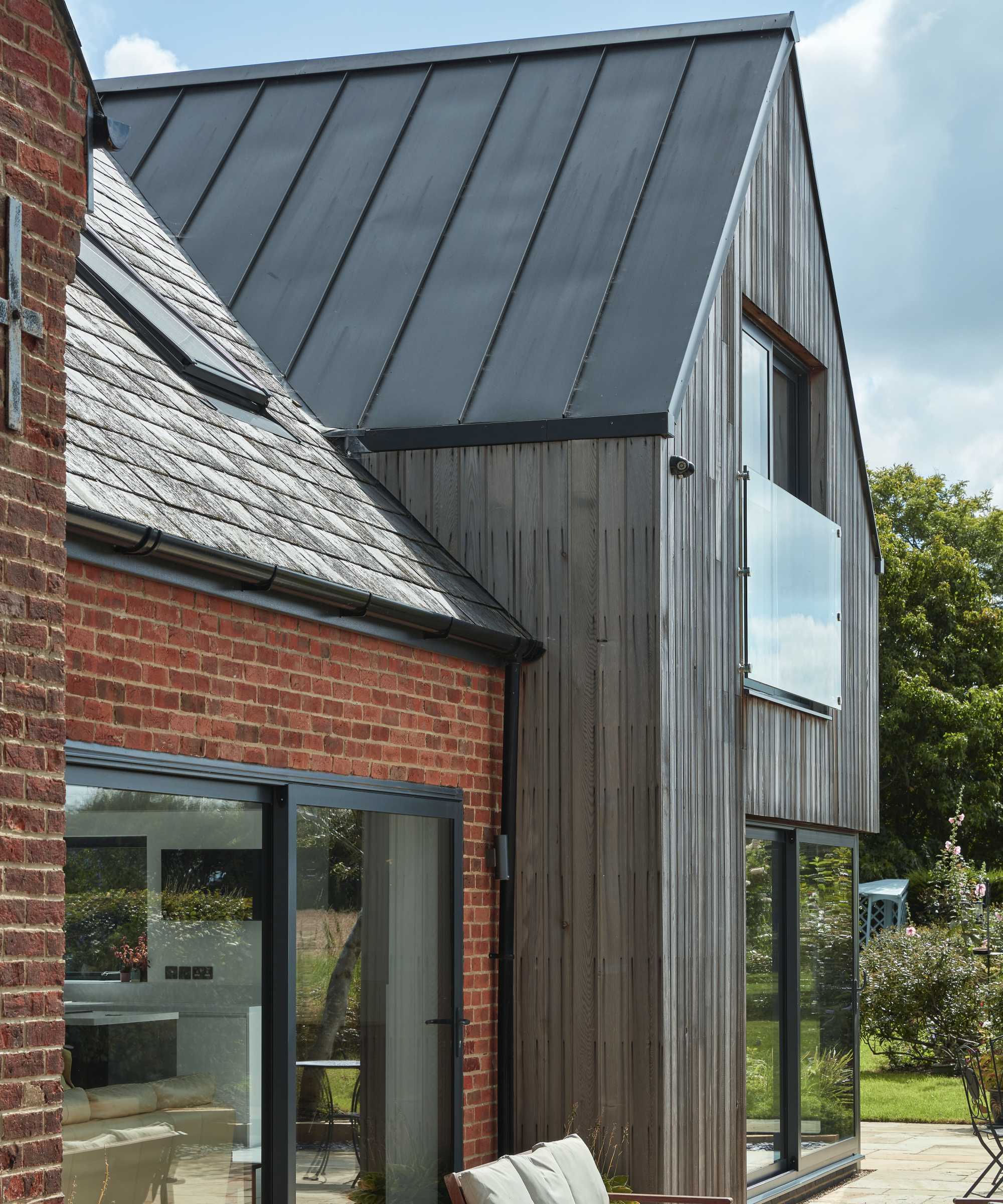
And, although with rising costs it can be tempting to opt for a different roof covering idea to try and reduce your spend, this can sometimes be false economy. Although a felt flat roof might initially be less expensive than an EPDM membrane system for example, its shorter lifespan might require a complete replacement much sooner. Similarly, a high-quality Welsh or Spanish slate can remain flawless for a century, whereas imported Chinese slate may lose colour after just a few years.
Ultimately, whatever roof you choose, the main factors that influence how much a new roof costs are:
- VAT on renovation projects when re-roofing It's crucial to remember that the VAT regulations for renovation projects can be complicated, and the project's specifications may affect the VAT rate. To ascertain the applicable VAT rate for a particular re-roofing project, it is therefore best to speak with a certified professional. However, Andrew Jones (the VATman), advises that if the project is new construction, the VAT can be refunded under the VAT431 scheme.
- Variety of different roof types Talk to your builder or roofer if your main roof is pitched and a portion of it is flat, and the covering materials are a combination, such as EPDM and slate/concrete tile. Weathering and the potential for expansion joints are necessary where the flat EPDM roof is adjacent to a pitched slate roof or concrete tile roof. Make sure this detail is covered in the quotation and executed correctly on your roof because the materials tend to shift differently over time.
- Complex roof construction: There are many different types of roofs, including curved, mansard, flat, hip, gable, and even jerkinhead. The cost of a construction increases with its complexity, whether it is through intricate geometry or a variety of materials. For instance, a complex roof with dormers, rooflights and possibly even solar panels will raise the cost of materials and the number of labour days needed, which will raise the quote from your roofer. Installing a wide range of materials may involve several specialised trades, increasing labour costs.
- Location Given labour rates alone, location will inevitably affect cost, which are greater in London and the neighbouring areas. However, given the present climate and rising fuel costs, it is much more pertinent. Costs may be greater for homeowners located in remote locations depending on travel distance rather than postcode. Make every effort to employ roofers as close to your home as you can. Also, not only will it cost more to acquire planning permission if your property is listed or located in a protected region (National Park or National Landscape), but the options that are allowed are probably more costly and need skilled application, i.e., Welsh slate.
- Specialist skill/labour The cost of labour will increase if the roofing material you have chosen, i.e., zinc, thatch, sedum, or even photovoltaic, requires specialised skills to be installed. The cost is further increased by the high cost and difficulty in finding skilled thatchers. Depending on where you live in the UK, thatched roof prices can range greatly, from £1,500 to more than £3,000 per thatcher's square (9.3m2). The cost will go up if your project calls for specialised work because their knowledge and experience are more in-depth and therefore command a higher price.
- Access The availability of specialised scaffolding and permissions for scaffolding on streets are a cost to factor in. For most roofing projects, scaffolding will be needed around your house, even if it’s for a small flat roof extension. Examine your roof quotation to determine whether scaffolding costs are covered. The cost of hiring scaffolding, including permits and licenses, for a typical three-bedroom semi-detached home is approximately £1,000.
- Existing elements Lead, cladding, or EPDM may need to be used to re-weather dormers, rooflights, roof lanterns, sun pipes, etc. Therefore, ask your roofer to check if this is necessary. You should anticipate that each of these items will have a separate cost on your quote for a new roof. While the scaffolding is up, it would be worthwhile to render or repoint your chimney. Additionally, new lead flashing might be required. Water leaks can occur through any opening in the roof, including Velux rooflights and solar pipes. Therefore, it is important to have them properly weatherproofed, as this can ultimately be expensive if not maintained.
Quick comparison guide
Although we'll break down the different types of roofs and their associated costs in the next section, as a brief overview, you should budget the following for new roof costs:
Bring your dream home to life with expert advice, how to guides and design inspiration. Sign up for our newsletter and get two free tickets to a Homebuilding & Renovating Show near you.
Roof type | Material/System | Average cost per m2 (supply only) | Typical installed cost |
Pitched (double) | Roman Tiles | £38 | £6,500–£10,000 (small terrace) |
| Row 2 - Cell 0 | Clay Tiles | £66 | £12,000–£18,000 (detached) |
| Row 3 - Cell 0 | Welsh Slate | £185 | £18,000–£25,000 (detached) |
Flat | Felt | £65 | £1,800–£3,000 (small roof) |
| Row 5 - Cell 0 | EPDM | £105 | £3,500–£6,500 (extension) |
Specialist | Zinc | £130-£160 | £14,000–£20,000 (extension/roof) |
| Row 7 - Cell 0 | Sedum/Green Roof | £150-£120 | £15,000–£25,000 (medium roof) |
| Row 8 - Cell 0 | Solar Roof Tiles/PV | £250-£350 | £20,000–£35,000+ (whole house) |
| Row 9 - Cell 0 | Thatched | £1,800–£3,200 per 9.3m2 | £30,000+ (cottage) |
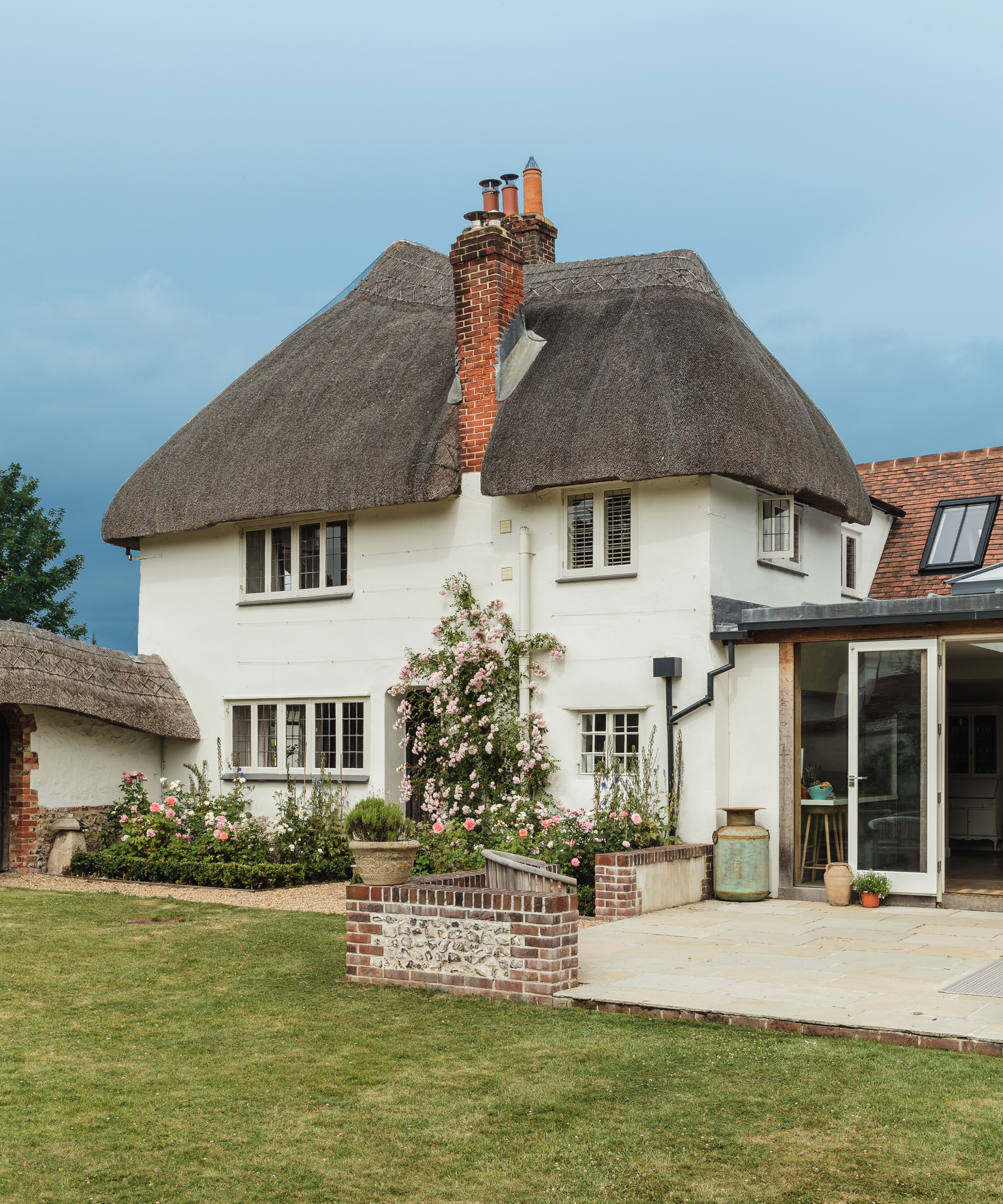
How much does a pitched roof cost?
A new pitched roof may start at about £6,500 for a small terraced house, but a large detached home with a complicated roof design could cost well over £22,000. The key is complexity. For example a dual pitched roof will be more expensive than a simple, single pitch; a mansard is more expensive than a hipped roof, which is less expensive than a basic gable roof. Valleys, rooflights and dormers also increase the amount of work and material detailing.
Location also matters – labour rates are higher in London and the South East, while costs for transportation in remote places may result in premiums.
Including labour, scaffolding and insulation, a standard three-bedroom semi with a 65m2 roof and plain concrete tiles may cost between £10,000 and £15,000. The cost of a Welsh slate roof for the same property might reach £18,000, which would represent increased labour and material costs.
Material | Average £/m2 | Lifespan (approx) | Notes |
Double Roman Tiles | £38 | 40-50 years | Cheapest common tile, limited aesthetic appeal |
Fibre Cement (Eternit) Tiles | £45 | 30-40 years | Lightweight, easy to install |
Plain Concrete Tiles | £56 | 40-50 years | Common choice, wide range of finishes |
Clay Tiles | £66 | 60-80 years | More durable and traditional look |
Spanish Natural Slate | £72 | 75-100 years | Popular mid-range natural slate |
Reclaimed Welsh Slate | £90 | 50-80 years | Sustainable, but variable quality |
Welsh Slate | £185 | 100+ years | Premium option, exceptional longevity |
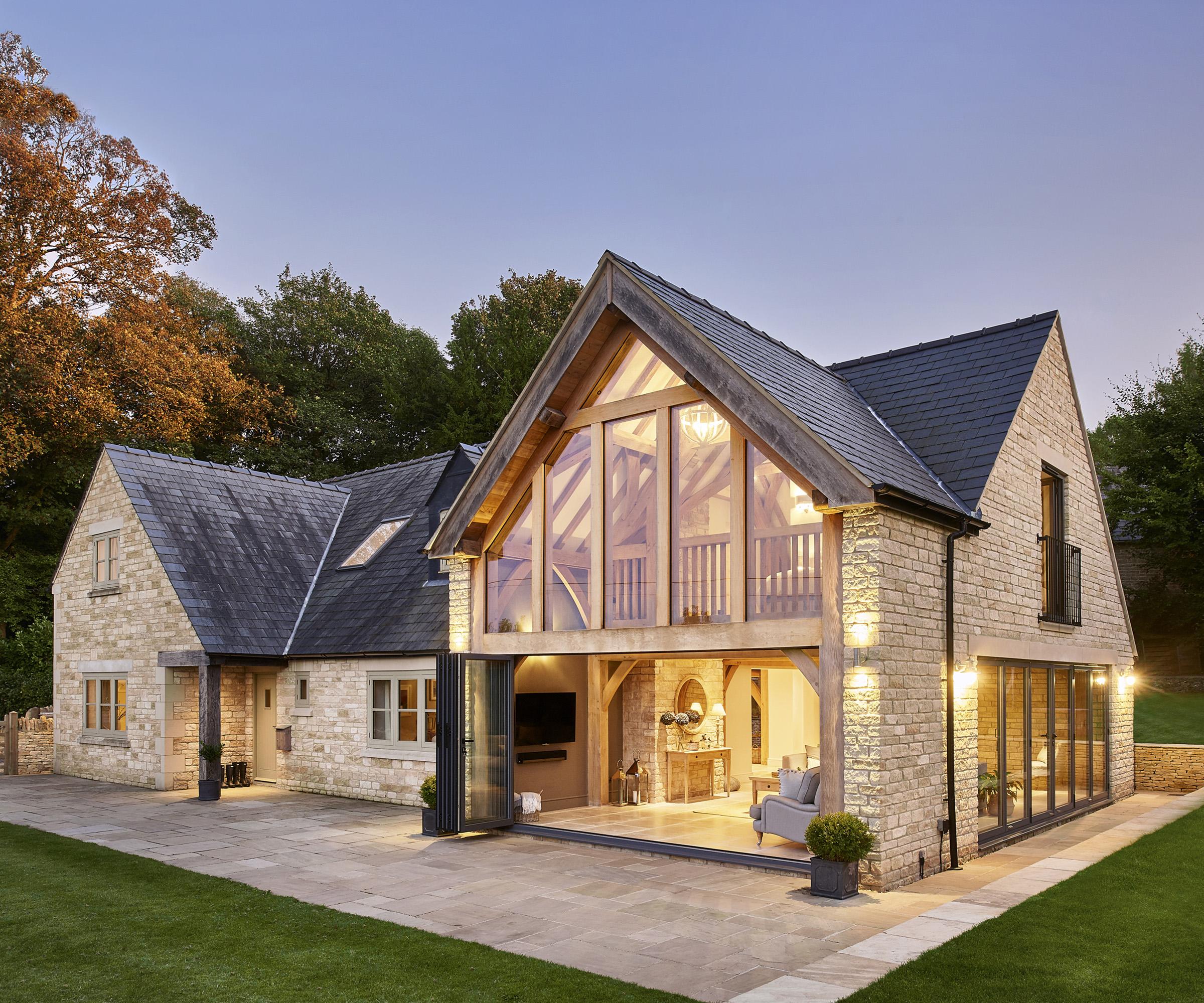
Flat roof costs
Although flat roofs are often more affordable than pitched roofs, the cost varies greatly based on the type of covering used. A large 40m2 roof on an extension may cost more than £6,500, whereas a small 15m2 flat roof could set you back £1,800.
When compared to traditional felt, modern membranes like EPDM or GRP are becoming more and more popular due to their endurance. Although lead is still the best material for period properties, many budgets cannot afford it due to its high cost and specialised labour requirements.
Material | Average £/m2 | Lifespan (approx) | Notes |
Felt | £65 | 10-15 years | Cheapest, shorter lifespan |
EPDM Single Ply Membrane | £105 | 25-30 years | Durable, flexible, low maintenance |
Fibreglass / GRP | £110 | 25-30 years | Tough, seamless finish, requires skilled installation |
Lead | £170 | 60-100 years | Premium, heavy, highly skilled fitting required |
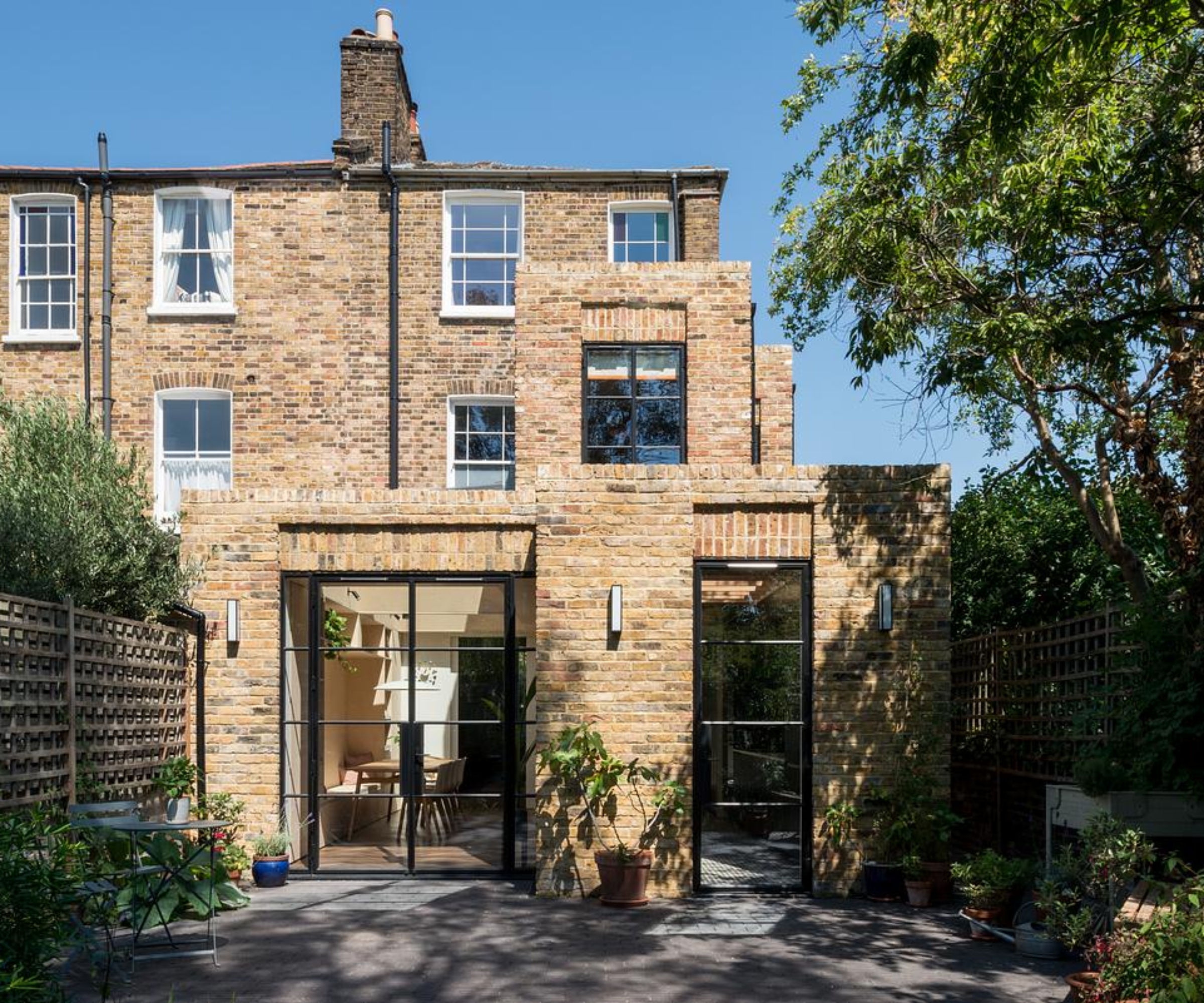
Costs for specialist or alternative roof types
Alternatives to conventional pitched or flat roofing are being considered by homeowners more and more. Examples include:
- Zinc roofing Budget between £130 and £160m2. Zinc is very well-liked for modern extensions since it is sleek, stylish, and long-lasting. To avoid problems like oil canning, it needs to be installed by professionals and detailed properly
- Sedum/green roofs Installed for approximately £150 to £200mw. Green roofs enhance thermal performance, decrease stormwater runoff and increase biodiversity. Because of the additional weight, structural calculations are necessary
- PV slates and solar roof tiles £250 to £350m2 installed. Integrated solar roofing, like Tesla's Solar Roof or Marley Solartile, combines electricity generation and roof covering, although it costs a lot more than traditional roofing with PV panels that are bolted on
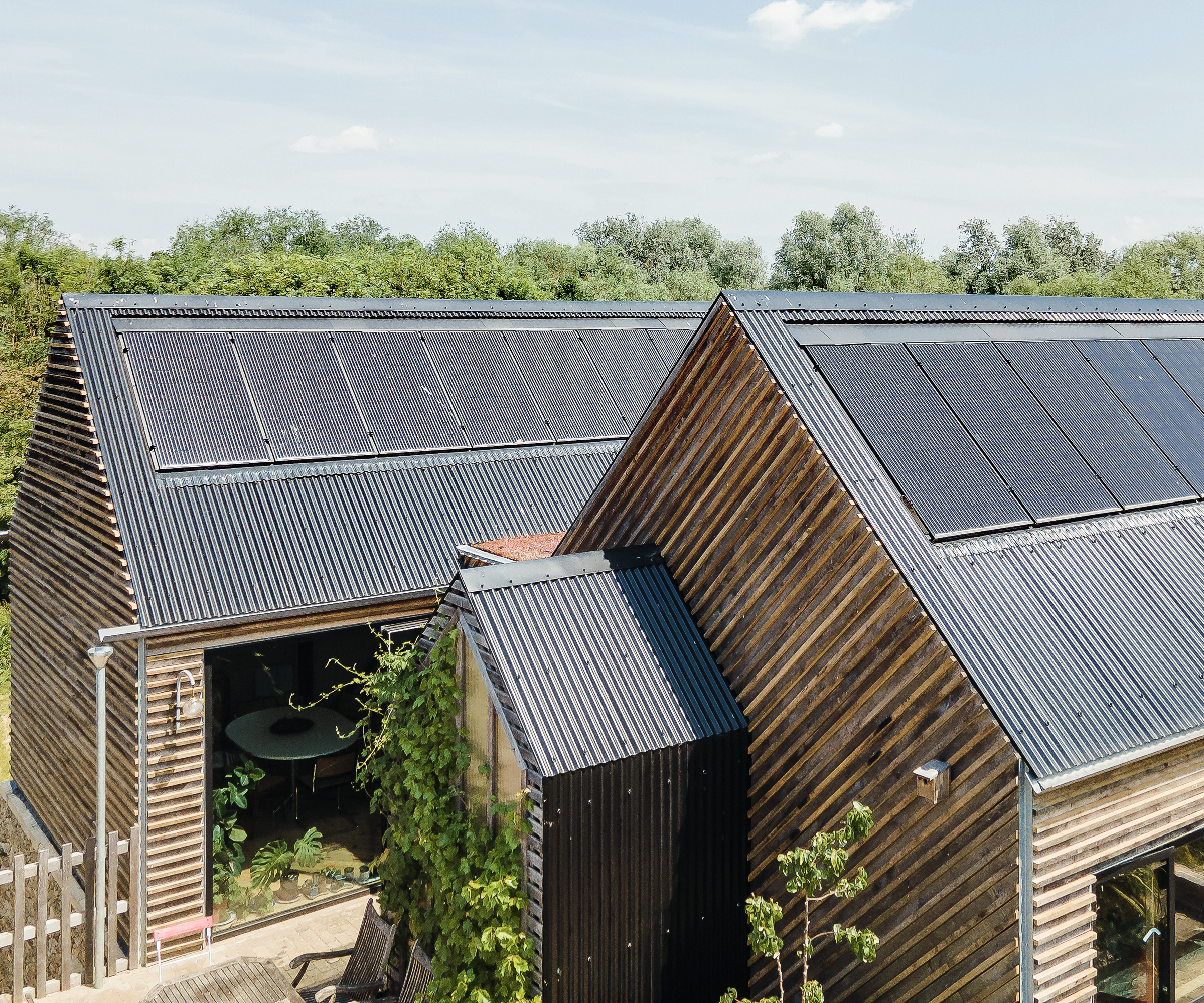
Roof truss costs expained
There are many different ways roof structures can be built – some simpler to construct and cheaper to build than others. The structure is a good place to start when looking at costs.
"Roofs are one area of housebuilding which is changing fast," says Mark Brinkley, author of the Housebuilder’s Bible and an experienced builder. "In Victorian and Edwardian times, there was really just one way to build a roof and it's still widely used. But since then we have seen the introduction of many other options."
The type of truss your roof is being constructed with will play a big part in costs, so knowing which are the most expensive and which could save you some money is important.
For more detailed information on this, check out our guide to timber roof truss costs which explains how much you can expect to pay for each different type.
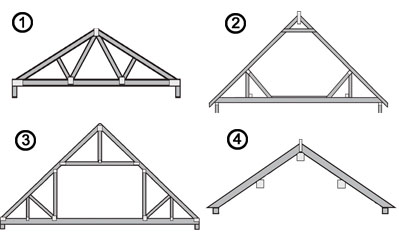
Roof replacement costs
Replacing an existing roof comes with its own set of challenges, some of which can really see costs soar.
The cost of re-roofing a house can range from £6,500 to £20,000, according to its size and complexity. However, opening up an existing roof may uncover rotten timbers, perished felt (which was used predominantly in the pre-1990s, before the introduction of breathable membranes). And timber rafters and wall plates may need renewing, too. The main cost factor will depend on the existing type of roof, whether it’s pitched or flat and the material – flat roof replacement costs, for example, will be very different to pitched.
What should a roofing quote include?
The majority of roofing quotes will cover both labour and roofing materials (i.e. breather membranes and fixings).
After obtaining a quote for a new roof, confirm that it covers the price of replacing the fascia and soffit in addition to new rainwater products, which can range in price from £18m2 for uPVC to £42m2 for aluminium.
Bargeboards, soffits, and new fascia are optional. Regardless of the kind of roof you select, roof insulation is quite frequently required. Make sure this is covered in your quote because it will be a significant cost factor. For example, £25m2 should cover the material cost of a 150mm Celotex PIR Insulation slab for a flat roof.
However, the following are frequently left out (or outlined separately) so make sure you ask for them to be included with the quote:
- Scaffolding: £1,200 to £1,800 for a three-bedroom semi, more for larger homes or locations in London
- Waste management: Such as asbestos removal, skips, and permits where required
How to reduce costs
Always try to reduce the material specifications without sacrificing quality – we Quantity Surveyors call this ‘Value Engineering’. For instance, your original roof might have been made of Welsh slate, but the local planning authorities might be open to different slate finishes, i.e., natural slate from other nations, (Spain or Brazil) or Glass Reinforced Concrete (GRC) slate. Switching to Spanish slate, which costs about £65m2, could result in significant savings when you consider that Welsh slate can cost up to £170m2. It's worthwhile to discuss specs with your architect as well as from a planning perspective.
By timing your roofing works with other external projects that you are carrying out, external rendering or cladding for example, then you are reducing your scaffolding costs overall as it’s not just a one-off job.
My mantra when it comes to tendering the works or getting quotes, is always to seek a minimum of three to four like-for-like quotations from roofers who have visited the house to see the actual work required. That way you will have a good idea of the best value quotations.
You can also shorten the time that labour will be on site. With light trusses, getting them up on to the wall plate yourself can save at least half a day’s labour. Sorting out the piles of lumber into sizes and, if possible, uses such as rafters, joists, purlins, hips etc., will save at least a day and possibly more of an expensive carpenter’s time.
Getting the slates onto the roof is a long job and one that the self builder could do. But it’s not easy, although one could save around five days of labour.
One of the biggest investments in any construction project is a roof. Careful planning and specification are crucial because roofing costs are higher than they were a few years ago.
Part L regulatory changes increase the requirements for insulation, while new technologies like solar-integrated roofs provide exciting new possibilities but at a premium.
Costs can be kept under control while maintaining durability by comparing quotes, taking into account different specifications, and scheduling roofing with other projects. Your roof should always be seen as a long-term investment in comfort and value, regardless of whether you choose contemporary membranes, cutting-edge solar systems, or traditional slate.
Tim Phillips is an experienced senior quantity surveyor and estimator and has worked in the construction industry for over 35 years. He has worked on many varied projects in this time, for corporates, public bodies and private residential clients, managing multi-million budgets.
For the past 13 years, Tim has worked on a freelance basis, whilst managing his rental property portfolio. He has extensive experience of undertaking his own full-scale house renovations. He is also a speaker and expert at the Homebuilding & Renovating Shows.

